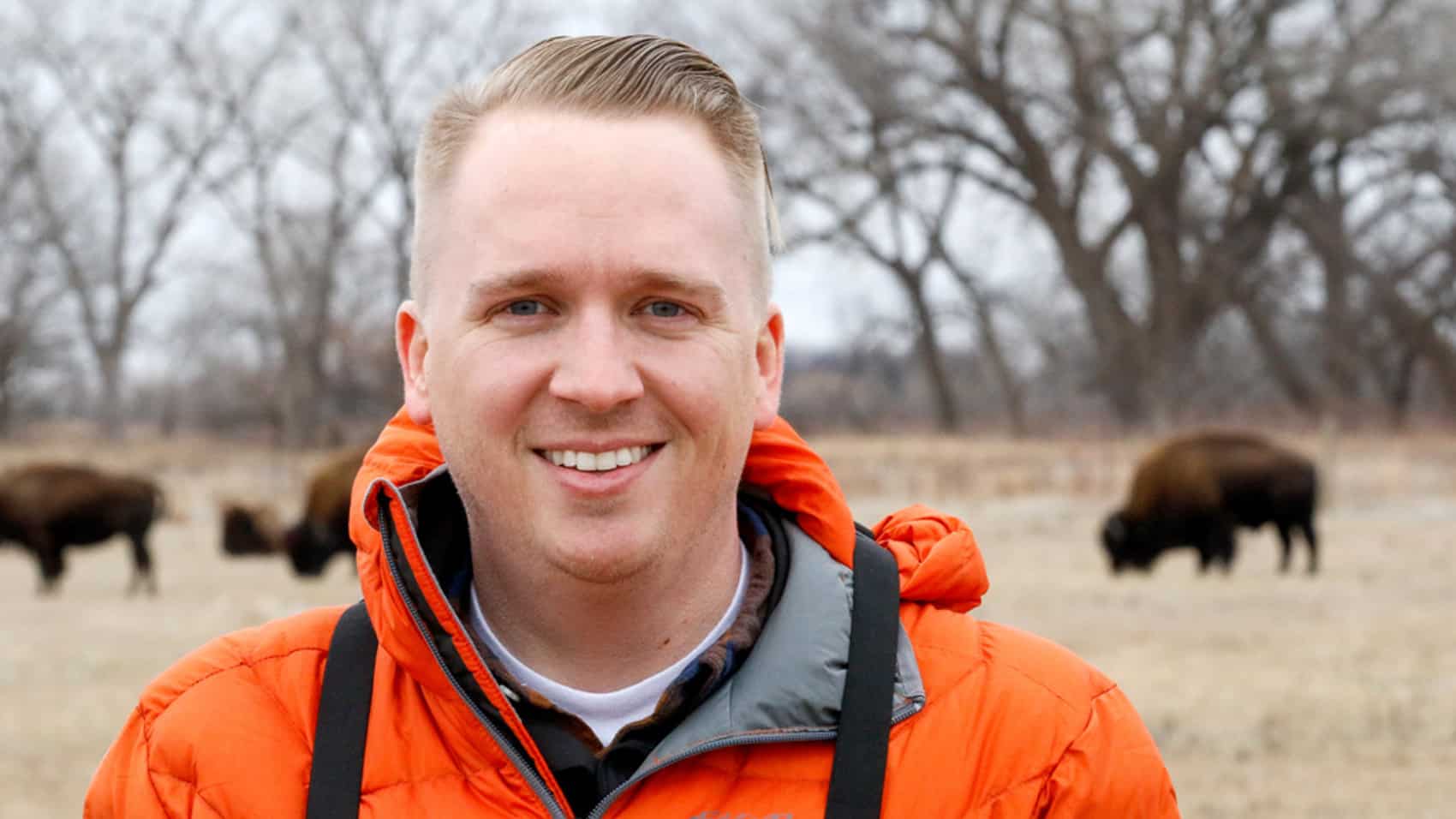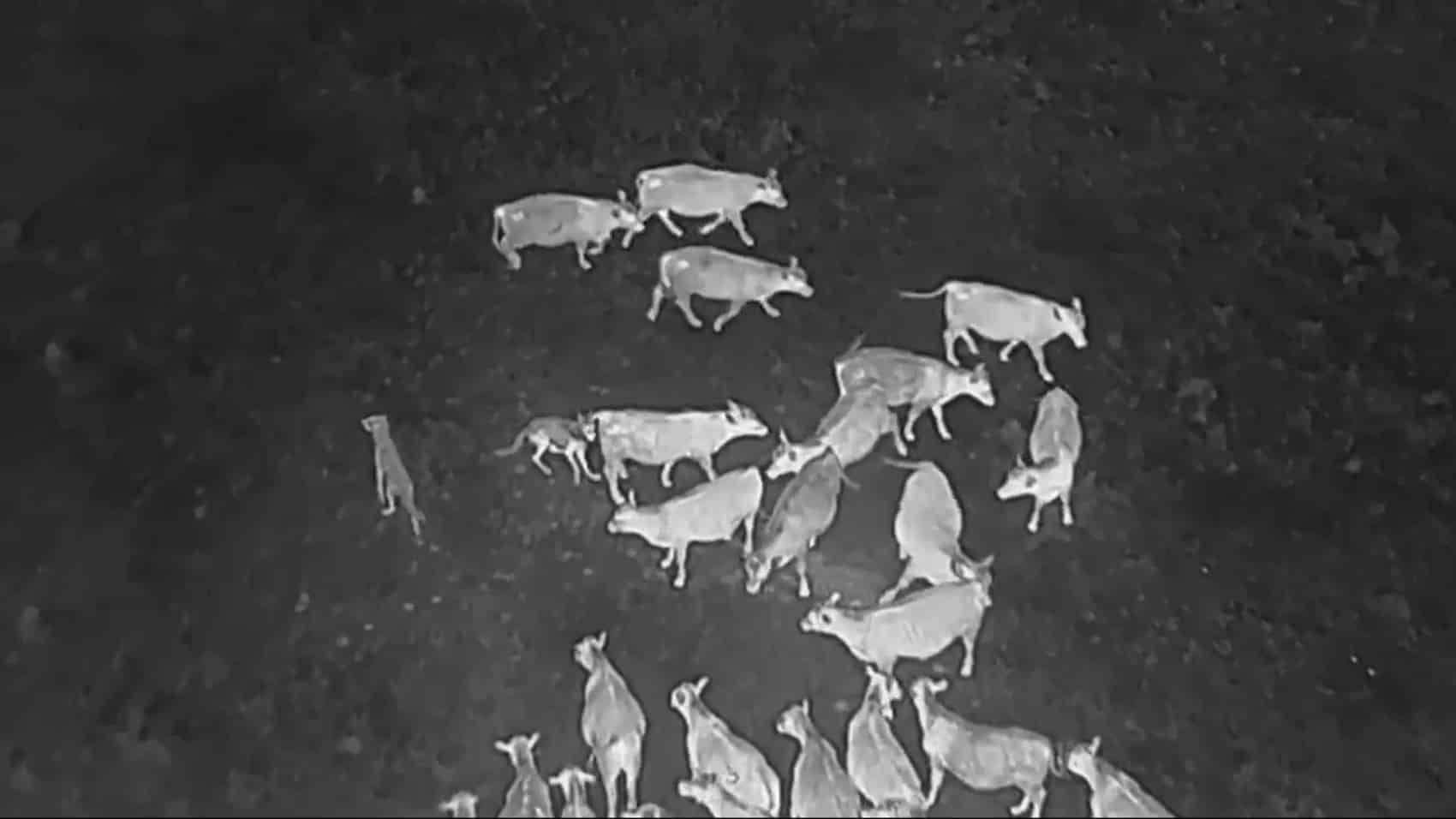Drones Are Blasting Scarlett Johansson voice, AC/DC at Wolves to Save Cows

In the age-old conflict between ranchers and wolves, the traditional tools have been fences, dogs, and guns. But now, biologists are deploying a wild new weapon in the American West: a drone armed with the rock and roll fury of AC/DC.

Yes, you read that right. In a brilliantly strange experiment investigated by ABC News, the USDA is using drones to haze wolves and protect cattle by blasting them with rock anthems and clips of Scarlett Johansson’s voice. It’s a wonderfully weird, surprisingly effective, and uniquely modern solution to one of the oldest problems in ranching.
A Heavy Metal Herder
The problem is serious. Wolves, after being hunted to near-extinction, are making a comeback. While great for the ecosystem, it’s tough on ranchers, who lost around 800 livestock to wolves in 2022. The stress from being stalked can also harm cattle, affecting birth rates and meat quality.

Enter biologist Dustin Ranglack and his team. Instead of lethal force, they’re using a method called “hazing.” They launch drones equipped with speakers and thermal cameras and proceed to annoy the heck out of any wolves getting too close to cattle. The playlist includes AC/DC’s “Thunderstruck,” various human voices—including Scarlett Johansson from the movie “Marriage Story”—and other jarring sounds. The goal is to create an unpleasant and unpredictable environment that makes the wolves decide the cows just aren’t worth the headache.

The Tech Behind the Terror Tones
These aren’t your typical consumer drones. The USDA is using rigs that cost upwards of $20,000 each, equipped with powerful thermal cameras for night operations (when wolves are most active) and high-volume loudspeakers. The key to the system’s success is novelty. Wolves are smart and adaptable, but they are naturally wary of new and strange things.

By constantly changing the sounds—one day it’s rock music, the next it’s a human voice—the biologists keep the wolves on their toes. Paul Wolf (yes, that’s his real name) of the USDA recalled a time a wolf was stalking cattle and immediately fled after the drone simply broadcast a firm, “Hey wolf—get out of here!” It’s a simple, elegant, and non-lethal solution that prioritizes coexistence over conflict.
The Real-World Challenges
As brilliant as the idea is, it’s not a perfect silver bullet. Ranchers like Mary Rickert in Northern California have praised the effort but remain skeptical about the long-term effects. Wolves are intelligent animals, and there’s a real concern that they will eventually get used to the sounds and lights, a process called habituation. They might learn that the noisy flying thing is just an annoyance, not a real threat.

Furthermore, the technology has its limits. In wide-open ranges, the drones are incredibly effective. But in rugged, heavily wooded areas, maintaining a clear line of sight and a stable signal can be incredibly difficult. The high cost of the equipment and the need for professional pilot training also present significant barriers for the average rancher.
The DroneXL Take
From Quito, surrounded by a very different kind of nature, this story just makes me incredibly happy. It is, without a doubt, one of the most creative and wonderfully absurd uses of drone technology I have ever seen. It’s a solution that could only be dreamed up in the 21st century.
This, to me, is the absolute soul of the drone community. It’s about looking at a complex, centuries-old problem and having the wonderfully nerdy audacity to ask, “What if we tried to solve it by blasting AC/DC from a flying robot?” It’s problem-solving at its most inventive.
Of course, the challenges are real. The concerns about wolf habituation are valid, and this is not a cheap or easy system for the average person to implement. But as a proof-of-concept, it is a massive success. It shows us that drones can be tools of harmony, not just conflict. It’s a gentle, intelligent way to help humans and wildlife coexist.
This is the kind of innovation that inspires us all. It pushes us to think beyond the obvious uses for our drones. Whether it’s protecting cattle, monitoring crops, or just capturing a beautiful moment, it all comes from the same place: a desire to see the world from a new perspective and, maybe, make it a little bit better. Now if you’ll excuse me, I have a sudden urge to see if my Mavic Mini 3 (soon the 5) can handle a rock playlist.
Photographs courtesy of ABC News
Discover more from DroneXL.co
Subscribe to get the latest posts sent to your email.
Check out our Classic Line of T-Shirts, Polos, Hoodies and more in our new store today!

MAKE YOUR VOICE HEARD
Proposed legislation threatens your ability to use drones for fun, work, and safety. The Drone Advocacy Alliance is fighting to ensure your voice is heard in these critical policy discussions.Join us and tell your elected officials to protect your right to fly.
Get your Part 107 Certificate
Pass the Part 107 test and take to the skies with the Pilot Institute. We have helped thousands of people become airplane and commercial drone pilots. Our courses are designed by industry experts to help you pass FAA tests and achieve your dreams.

Copyright © DroneXL.co 2025. All rights reserved. The content, images, and intellectual property on this website are protected by copyright law. Reproduction or distribution of any material without prior written permission from DroneXL.co is strictly prohibited. For permissions and inquiries, please contact us first. DroneXL.co is a proud partner of the Drone Advocacy Alliance. Be sure to check out DroneXL's sister site, EVXL.co, for all the latest news on electric vehicles.
FTC: DroneXL.co is an Amazon Associate and uses affiliate links that can generate income from qualifying purchases. We do not sell, share, rent out, or spam your email.


















